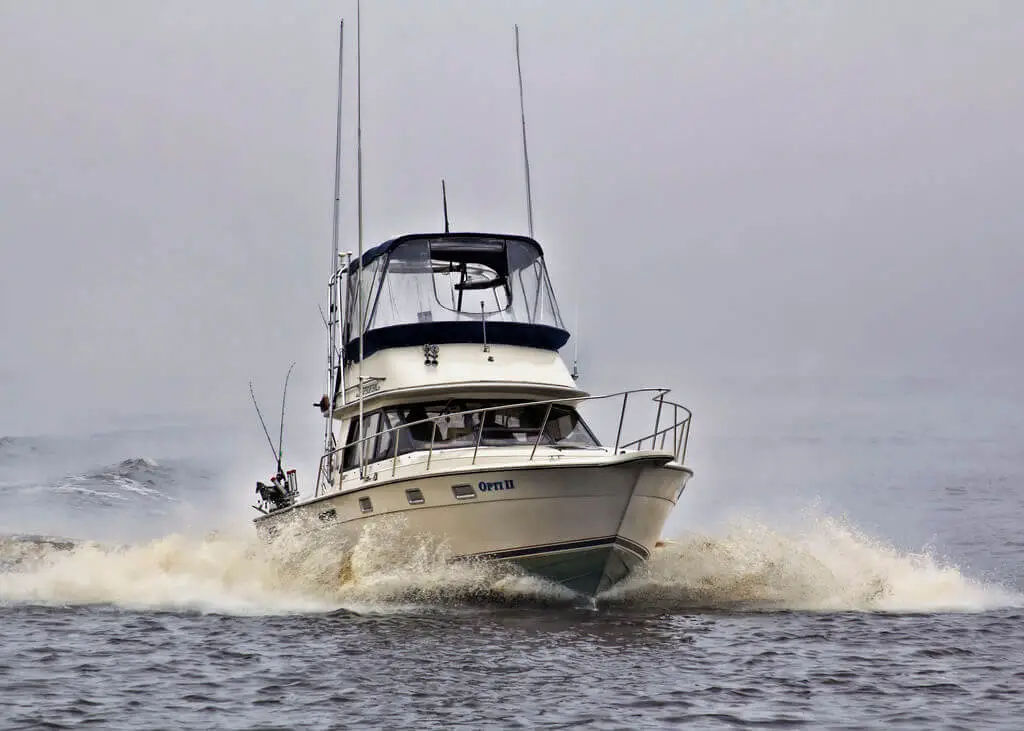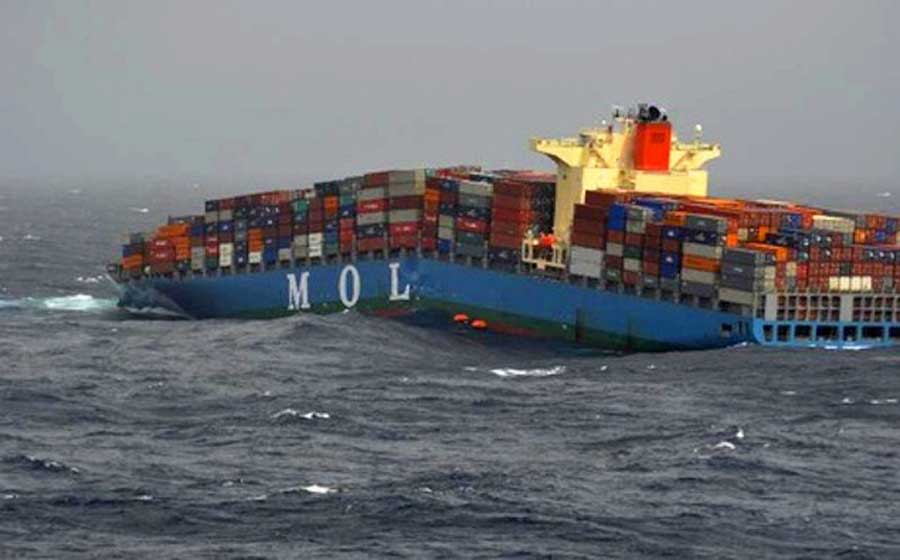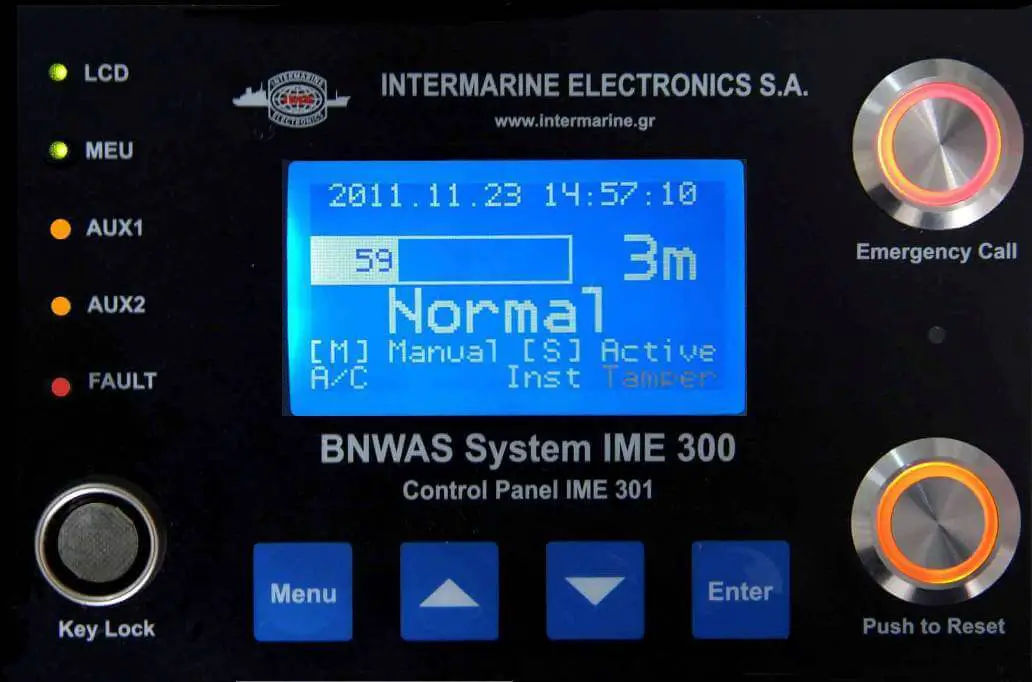The estimation of speed and knowing when to reduce speed when approaching a berth is not always easy and confidence can only come with experience. On very large ships, such as VLCCs, some guidance may be available from reliable doppler logs, but on many ships, a doppler log is not available. In any case, total reliance upon instrumentation is not wise and is no substitute for experience. A pilot jumping from one ship to another, sometimes several during one duty period has to develop a "feel" for the type of ship he boards and con "by the seat of his pants." Speed Many casualties are proven … [Read more...]
Archives for May 2016
Stresses in Ships
A ship at sea is subjected to a number of forces causing the structure to distort. Initially, these may be divided into two categories, as follows:Static forces - Ship floating at rest in still water.Two major forces acting:the weight of the ship acting vertically down buoyancy acting upDynamic forces - due to the motion of the ship and the sea the structural stresses, caused by the above forces, to which the ship structure is subjected may be categorized as:Longitudinal stresses (hogging and sagging) Transverse stresses (racking and the effects of water … [Read more...]
Bridge Navigational Watch Alarm System (BNWAS)
The purpose of a bridge navigational watch alarm system (BNWAS) is to monitor bridge activity and detect operator disability which could lead to marine accidents. The system monitors the awareness of the Officer of the Watch (OOW) and automatically alerts the Master or another qualified OOW if for any reason the OOW becomes incapable of performing the OOW’s duties.This purpose is achieved by a series of indications and alarms to alert first the OOW and, if he is not responding, then to alert the Master or another qualified OOW. Additionally, the BNWAS may provide the OOW with a means of … [Read more...]


